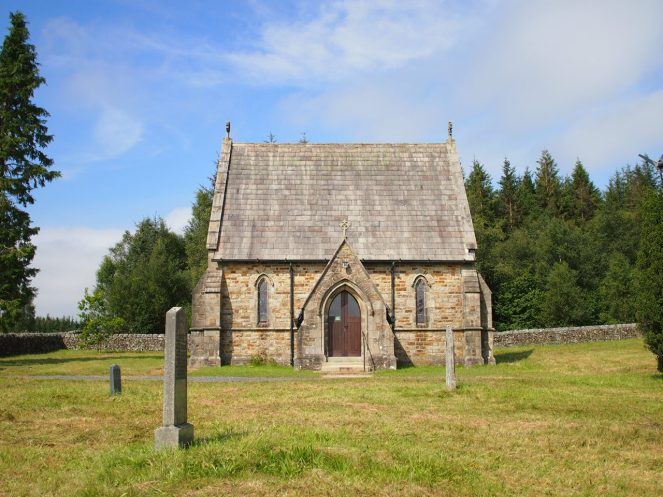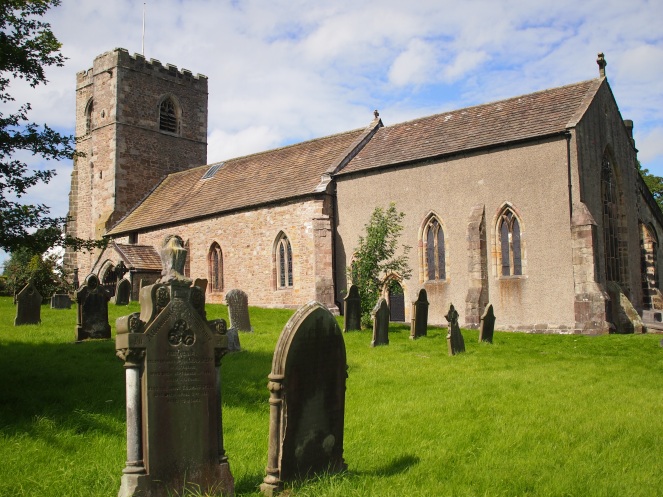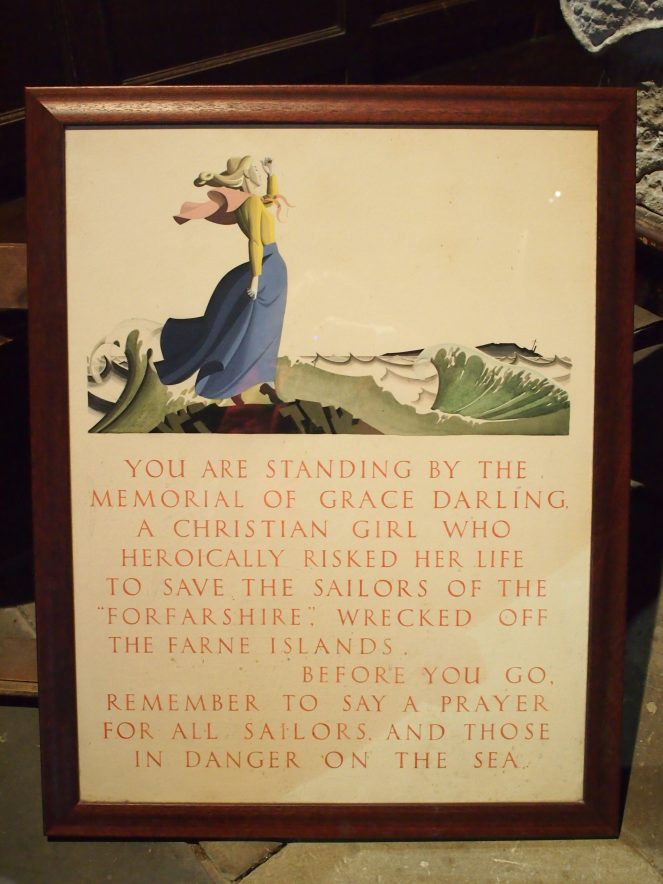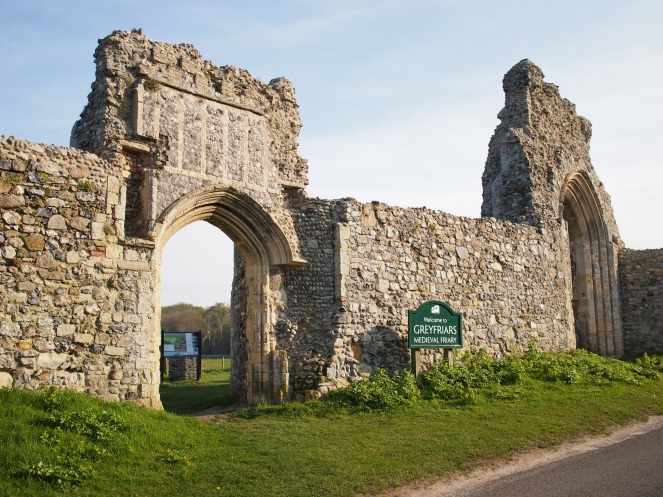As Britain’s population grew throughout the 19th Century and the demand for water in its towns and cities increased, local authorities and water boards looked to rural areas, building dams in remote valleys and creating large reservoirs. The Stocks Reservoir, completed in the 1930s, is one such reservoir, located in Dalehead in the Forest of Bowland in north west England. The reservoir takes its name from the village of Stocks-in-Bowland, most of which now lies beneath the flooded valley. The village church of St James, however, was dismantled and reconstructed on higher ground and the occupants of its churchyard moved to a new burial ground. What intrigued me most about this peaceful little burial ground is that many of its burials have taken place in the years since the Stocks Reservoir was built and the local population displaced. The nearest villages are all a few miles away, with only a few scattered farms in between, but the families of those with links to Dalehead and Stocks-in-Bowland have continued to bury their dead here, nearly a century after the valley was drowned by the reservoir.

Continue reading “The cemetery serving a submerged parish: St James, Stocks-in-Bowland”


















